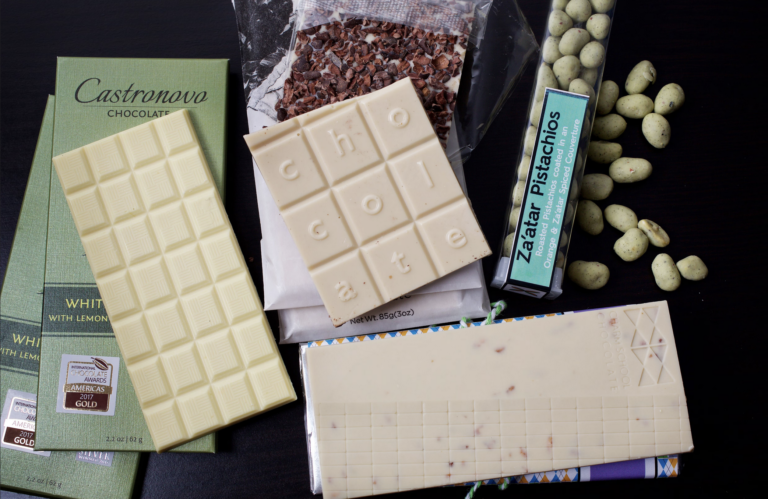
Best White Chocolate in the World
This article explores the origins and history of chocolate, tracing cacao’s use and cultural significance among ancient Mesoamerican civilizations like the Maya and Aztec. It
News > The Slow Percolation of Japanese Craft Chocolate
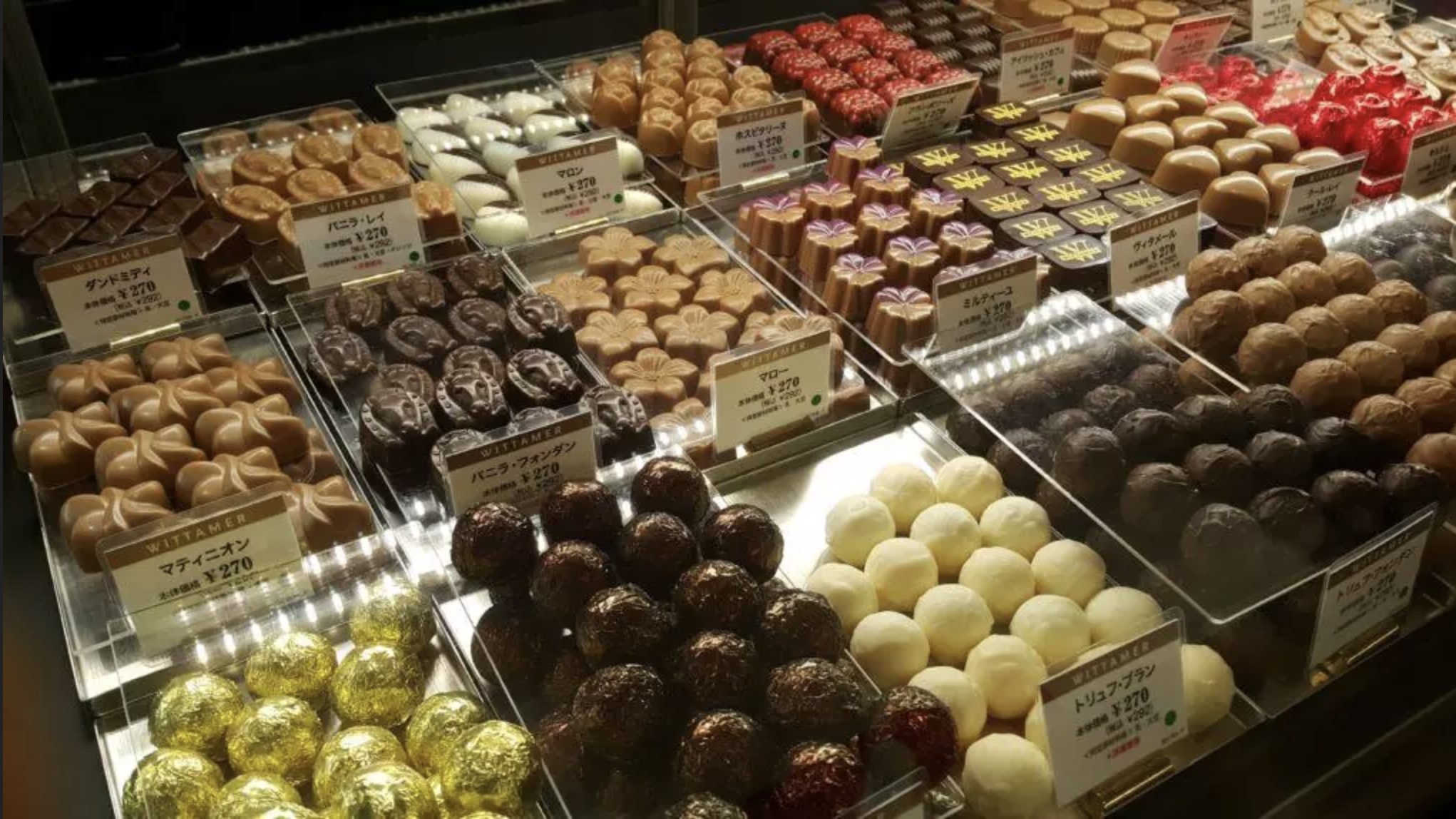
Stroll the streets of Tokyo today and you’ll find no shortage of craft chocolate shops proclaiming single-origin bars made from cocoa around the world. Yet Japan’s fascination with high-end chocolate brewed slowly over decades of cultural exchange. This “slow percolation” of craft chocolate reflects the country’s evolving palate.
According to Yukari Nakano of Kakao Kin, television played a key role in educating the public. Programs showcasing bean-to-bar production made an impact around 2016. “Now maybe 10% or more Japanese know about high quality chocolate,” she says. The media gave citizens a taste for something beyond the sweet milk chocolate of companies like Meiji, which holds 25% of the domestic market.
The Nakano family witnessed this evolution first-hand. After tasting craft chocolate in Tokyo, they were inspired to start Kakao Kin, building their own chocolate lab in Fukuoka in 2014. Yukari recalls how the depth of flavor surprised them. For her parents who had worked with industrial chocolate, “we didn’t know about real chocolate.”
From Icelandic dark chocolate bars with hints of juniper to ginger dark chocolate with brown sugar from Taiwan and everything inbetween, our awards recognize the best chocolate in the world. See the winners +
Other pioneers like Minimal Chocolate in Tokyo paved the way starting around the same time. Yukari estimates over 100 such shops now exist nationwide. She attributes this in part to Japan’s community of foodies willing to invest in their passion. “If some man wants to start making chocolate, they have their own personality and tastes…they care about ingredients and processes.” These chocolate-lovers often set up local shops to bring quality chocolate to their communities.
Their educational mission is challenging at first. Locals “only know industrial chocolate,” says Yukari. But tastings can provide enlightenment, helping people “understand the difference.”
Besides distinguishing their chocolate on flavor, Japanese craft chocolate stands out through storytelling. Each process, from harvest to recipes, gets spotlighted. This emphasis on backstories elevates chocolate from mere sweet to experiential product.
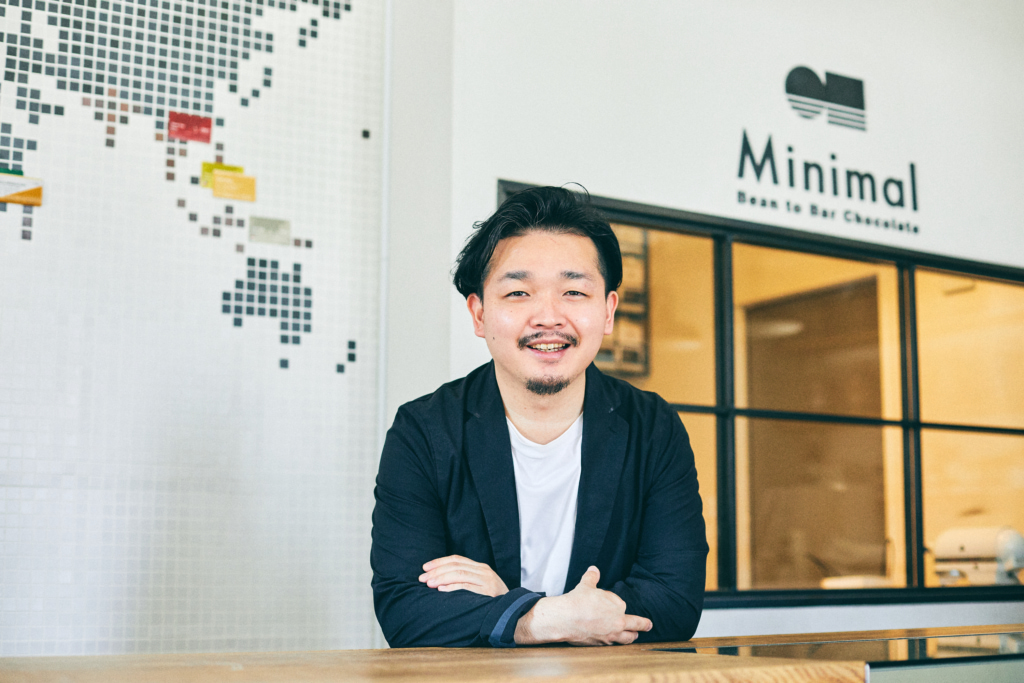
Newfound respect for chocolate shakes up traditional hierarchies. Gift-giving occasions like Valentine’s Day used to dictate strict chocolate tiers based on the recipient’s status. Mass-market brands occupied the bottom rings. But craft chocolate defies easy categorization with its single-origin bars and bean-to-bar tales. This “mid-tier gifting material” manages to compete with celebrity chocolatiers at the top.
While Japan now exports chocolate stories, it spent decades importing influences abroad. Starting in the 1970s, Japanese pastry chefs studied in Belgium and France. Upon returning home, they recreated European bonbons and truffles with a local twist to suit Japanese tastes. This fusion continued as Western brands like Godiva entered the market.
KitKat’s ever-growing array of Japan-only flavors, from sakura to sake, shows this cross-pollination. With chocolate shaped by both Eastern and Western traditions, Japanese craft chocolate makers are poised to advance confections worldwide. But whether bean-to-bar goes global may depend on overcoming one obstacle: their avoidance of bonbons.
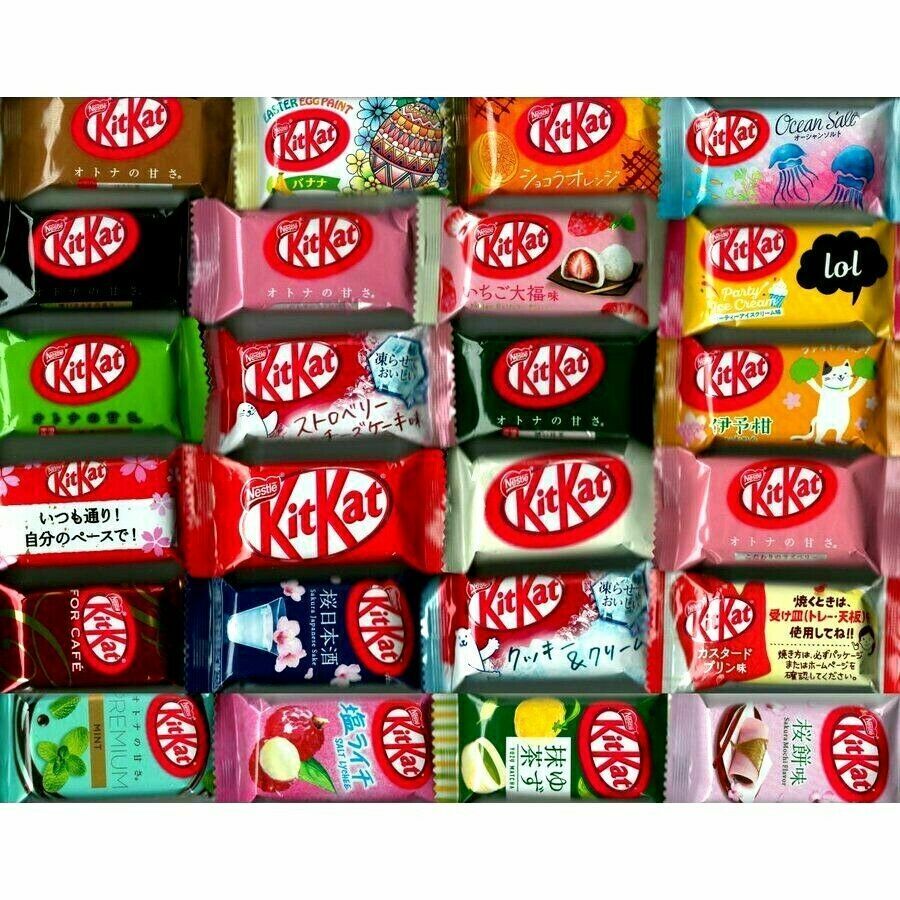
According to Yulia Virts who documented Tokyo’s scene until 2017, domestic producers tend to avoid bonbons and truffles in favor of bars. She attributes this first to training. Europe’s chocolatiers attend schools like pâtisserie, unlike Japan’s community which didn’t arise from that background. Secondly, branching into bonbons would force direct competition with established chocolatiers. By focusing on bars, bean-to-bar specialists found a comfortable niche.
However, avoiding bonbons may limit opportunities abroad. As pastry chef David Lebovitz notes, Americans expect bonbons over bars. So for Japan’s movement to make a global mark, expanding skills beyond bars may be key to bringing their chocolate from Tokyo to the world.

This article explores the origins and history of chocolate, tracing cacao’s use and cultural significance among ancient Mesoamerican civilizations like the Maya and Aztec. It
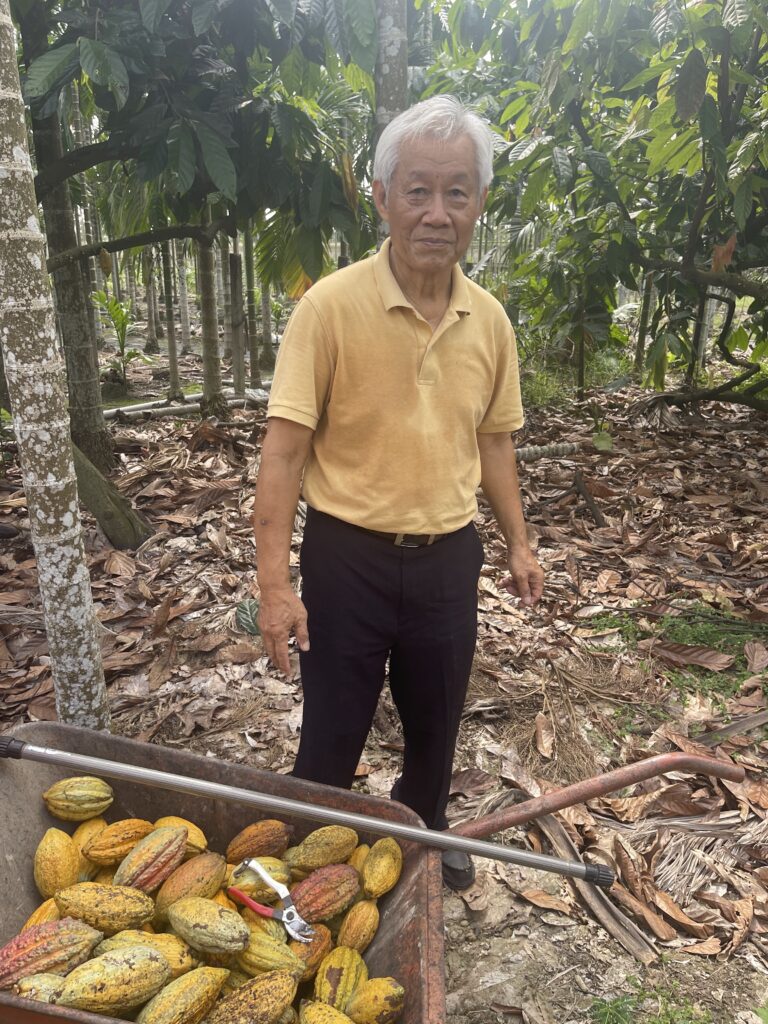
Embark on a journey through Taiwan’s lush Pingtung County, where 77-year-old Mr. Chou pioneers small-scale cacao farming, and award-winning chocolatier Jade Li transforms each harvest
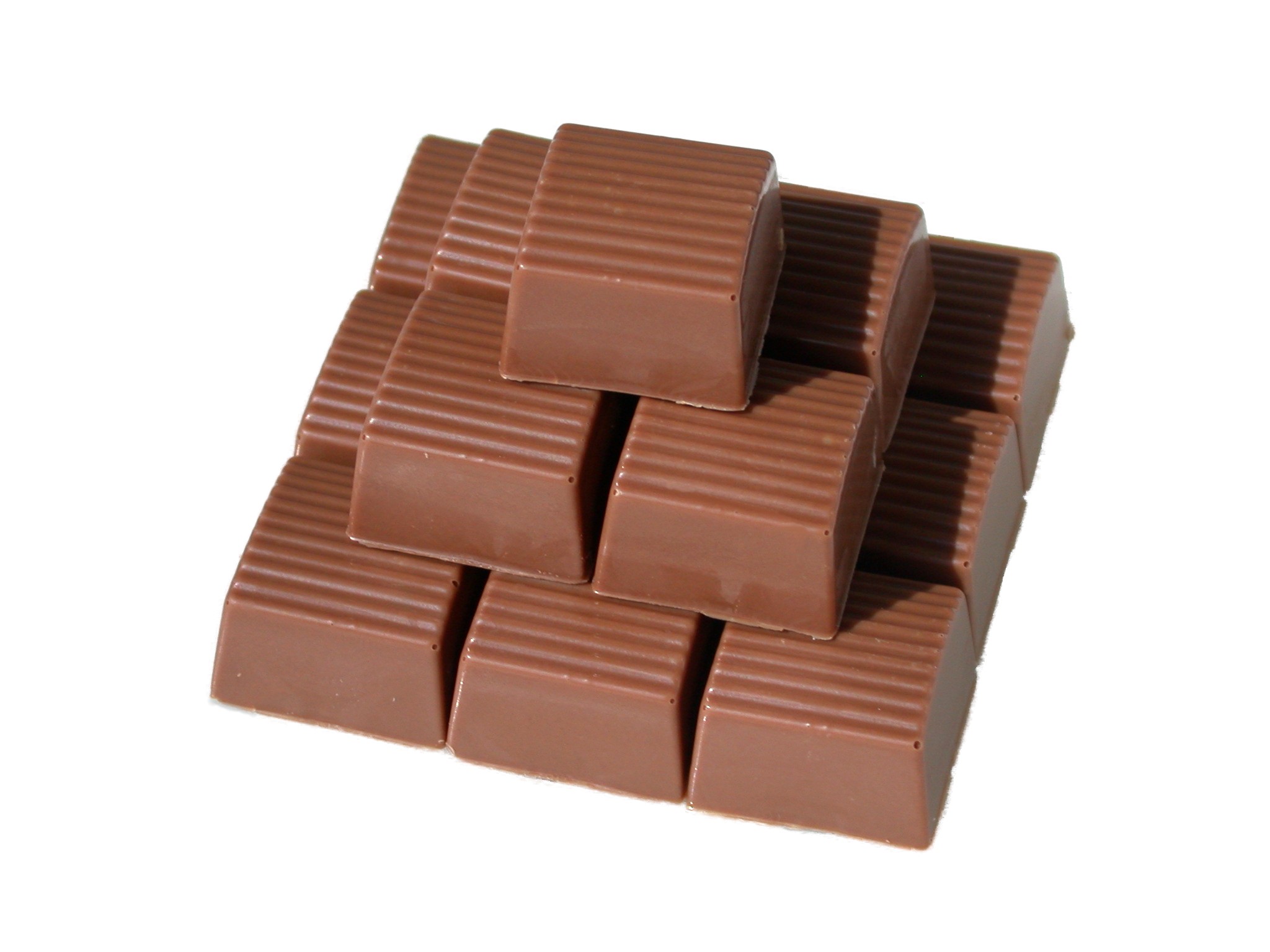
Explore the delicious evolution of the best-selling chocolate bar, indulging in a rich history of flavor innovation and timeless satisfaction. Join us on a sweet journey through the irresistible transformation of the chocolate bar.
Keep up-to-date on upcoming chocolate awards